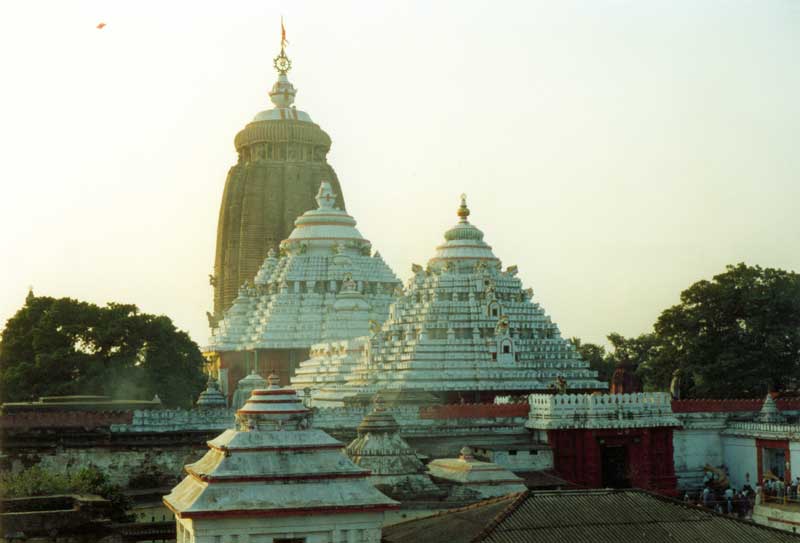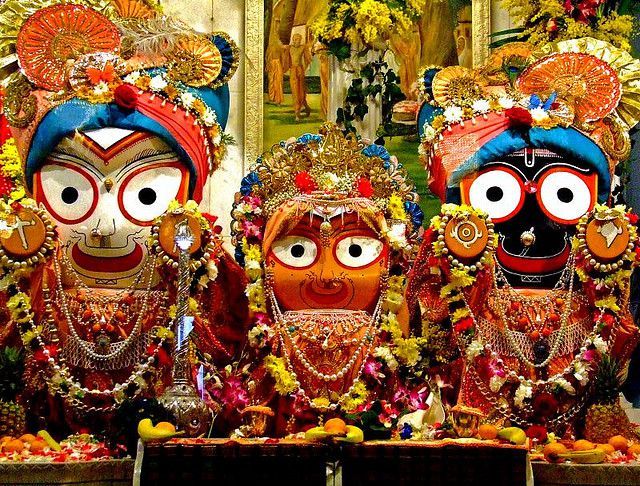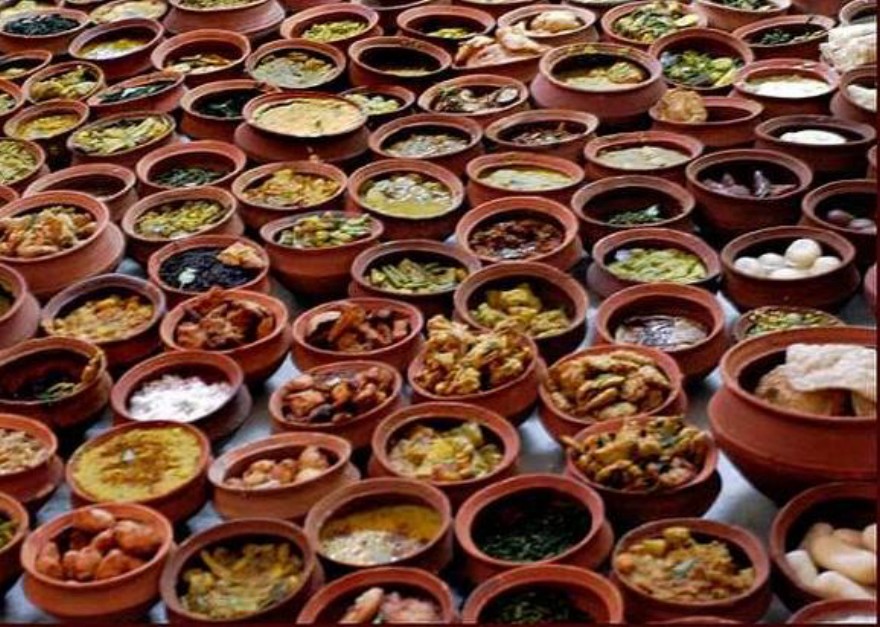The magnificence of Jagannath temple


Orissa is a small state on the southeastern side of India. However, the world over the one reason why Orissa is popular is that of Lord Jagannath temple which is situated in Puri. Jagannath Puri is one of the 4 major dhams of India and this temple sees nearly 1 million visitors per year. Along with being the host to the rath yatra, there are some facts about the temple which most people are not aware of. Let’s have a peek into the details of this beautiful Lord Krishna temple.

The construction of the Jagannath temple was initiated by the king Chodagangadeva. It, however, was completed under the reigns of his grandson in the late 12th century. One thing that makes these idols unique is the fact that unlike other idols which are made of stone these are made of wood. After every 12 or 19 years, these idols are replaced however the new ones have to be made of sacred wood. They also have to be exact replicas of the previous idols.
The three gods represented here include the brother-sister team of Jagannath, Balabhadra, and the Goddess Subhadra. The Sudarshan chakra is also placed alongside accompanied by deities of Madanmohan, Sridevi, and Vishwadhatri. After construction, the worship in the temple continued till the year 1558 when an Afghan invasion happened. Later when Ram Chandra Deb established an independent kingdom he reinstated the idols and the worship restarted.
As per stories, a mysterious image of Jagannath Lord was seen under a tree. It was so magnetic that the Dharma had to hide it from people.However, King Indradyumna came to know of it. He did severe penances in order to get that log. Lord Vishnu told him that you would find a log floating on the sea and use it for the idol.
When the log was found Narad instructed the king to make 3 idols out of it and make a magnificent temple to house them. Vishnu himself appeared as an artisan and said he should not be disturbed while he is doing the work. However, the queen got impatient and she asked to open the door of the cave as no sound was coming.

Once the door was opened Vishnu disappeared and the idols were left incomplete. The idol does not have hands however a divine voice asked them to install the idols as it is. As per records, this temple was plundered 18 times. In 1692 Aurangzeb ordered the temple’s demolition however the authorities just closed it. After his death, the Jagannath temple was again opened in 1707.
Temple has 4 entrances however only Hindus of Indian origin are allowed entry into the temple. The Jagannath temple is open for all people from 5am to 12 pm in the night. Rathyatra is organized mostly in the month of July. 2 to 6 weeks before it starts it is said that the Lord is suffering from fever. The idols are then taken out and given a proper bath till the fevers do not subside down.

The huge temple complex covers an area of over 400,000 square feet. The temple has four distinct sectional structures, namely -
- Deula, Vimana or Garba griha (Sanctum sanctorum)
- Mukhashala
- Nata Mandir/Natamandapa, which is also known as the Jagamohan (Audience Hall/Dancing Hall)
- Bhoga Mandapa (Offerings Hall)
There is a blue discus mounted on the top of the temple. Every day a new flag is hoisted there. There are four entrances each named after an animal.
-
Singhdwara
-
Haathi dwara
-
Vyaghrdwara
-
Ashvdwara
The kitchen of the Jagannath temple is huge and considered as the largest kitchen in this world. If any food prepared is impure then a shadow dog is seen. After that, the food is buried and a new batch of food prepared. The most awaited Prasad is Kotho Bhoga or Abadha, offered at mid-day at around 1 pm, depending upon temple rituals.

The Jagannath temple is must visit place just to have a look at the effect of faith on people. You will find people of various sects, age, sex and societal levels clamoring to have a look at the beautiful idols. There is an inbuilt attraction which lets no one leave the temple without feeling blessed by the presence of the Lord.